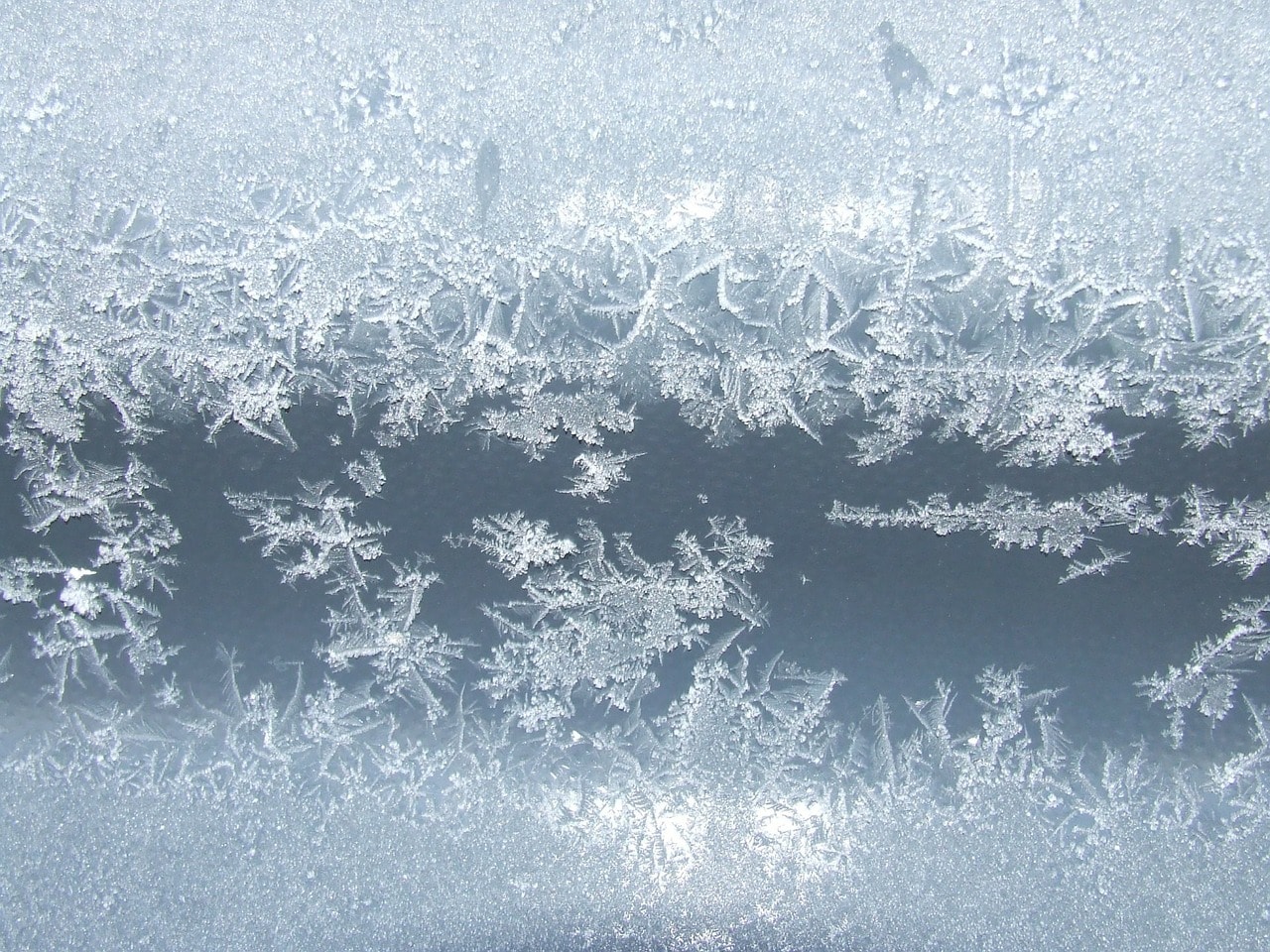If you’ve never heard about water crystals before, don’t worry, you’re not the only one. Water crystals are primarily used in horticulture, agriculture, and gardening too, when hydrated, provide reservoirs of moisture for dehydrated plants.
These crystals work by absorbing and storing water, to treat conditions of dehydration in plants, when necessary. They also capture any excess irrigation in both gardening and farming, which keeps the soil moist, and creates a healthier growing environment for them.
Water crystals can hold water for very long periods of time, before being drained through transpiration. Their water holding capacity is anywhere between 400 to 500 times their size when they are dry.
What is the Purpose of Water Crystals?
The number one purpose of water crystals is to increase water availability for vegetation and plants. Apart from increasing the availability thereof, it also conserves water, which allows plants to thrive in different environments, regardless of whether there is an adequate supply of water or not.
Water crystals are made up of hydrated polymer gel, which can break into several dozens of smaller pieces, known as crystals. Squeezing the hydrated crystal won’t allow the polymer to leak moisture whatsoever. If the crystal breaks up into smaller crystals, it will also be able to replenish plants, to the best of the original crystals’ capability.
When polymer water crystals come into contact with water, it only takes a few minutes for the crystal to grow as big as an acorn. When these are released into the soil, the polymers absorb excess moisture, conserves water in the soil, before reaching plants, or getting lost through condensation.
These crystals are also utilized by feeder roots from plants, as it aids in their sustainability, promoting balanced hydrogen and oxygen levels, which furthermore supports the growth of healthy plants.
Get bottled water dispenser and plumbed water dispenser from Living-Water in London.






